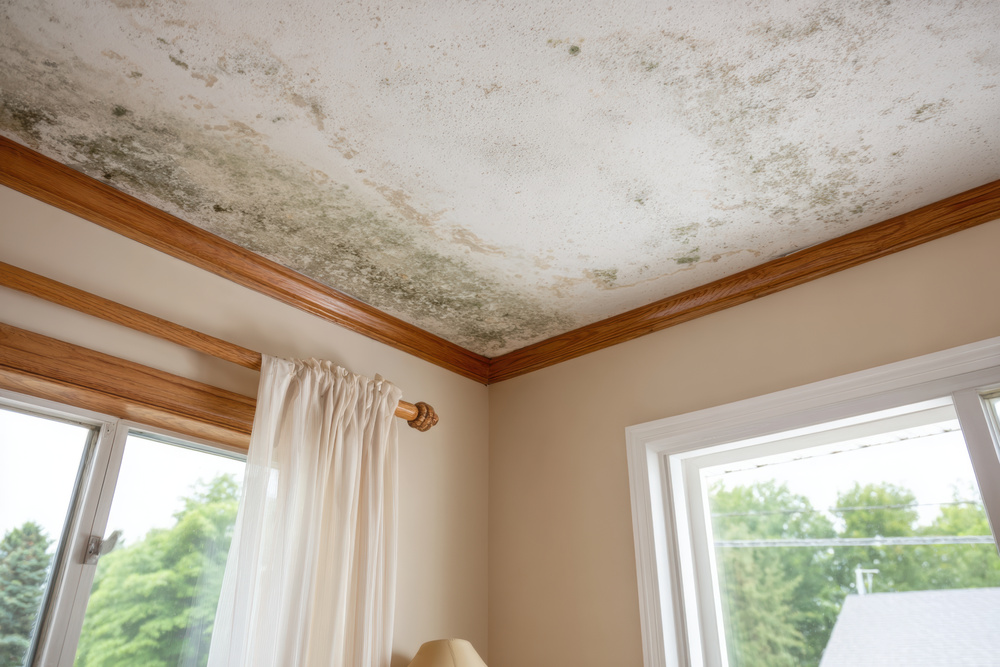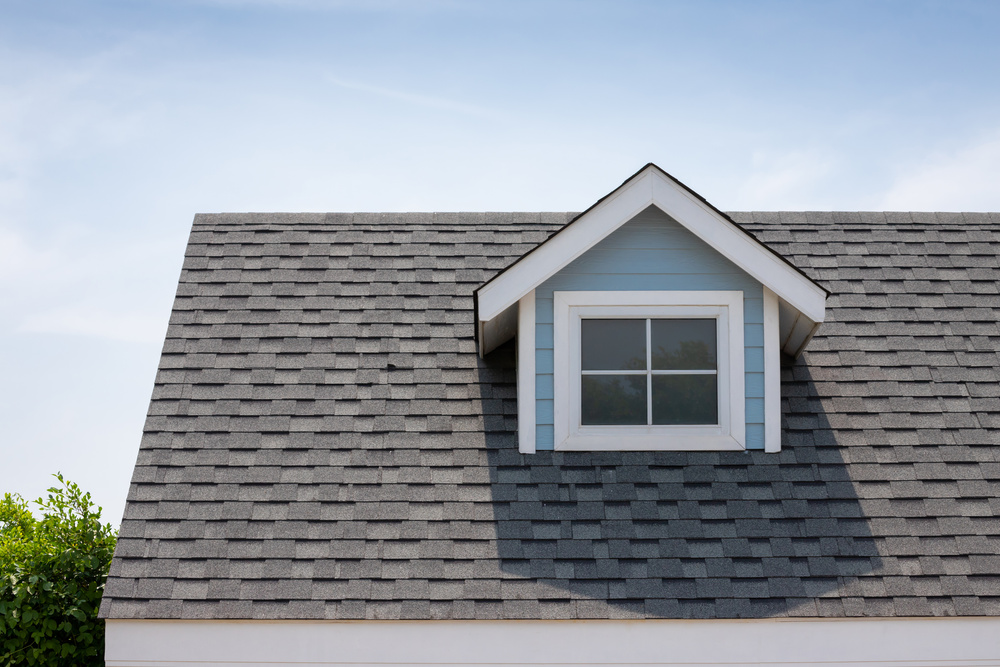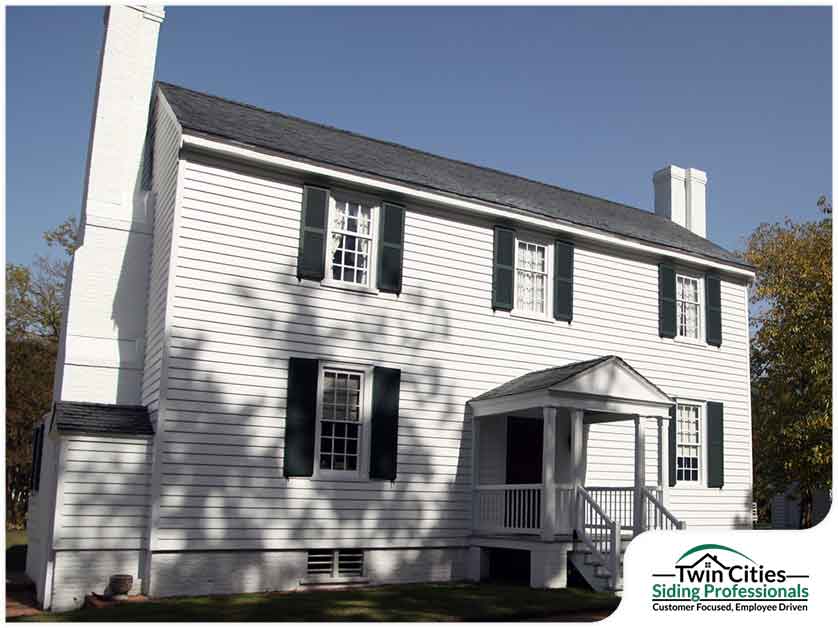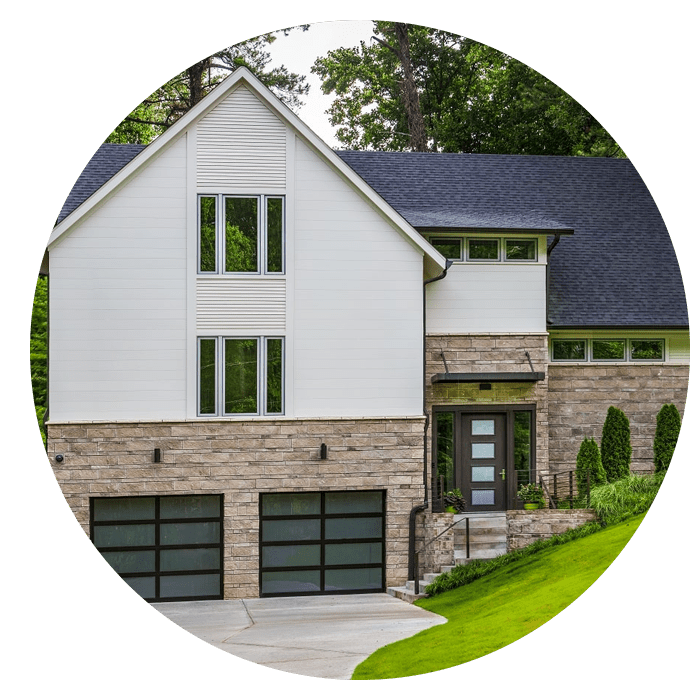Ceiling water stains are more than a cosmetic issue—they’re one of the earliest warning signs of water damage that Twin Cities homeowners should never ignore. From roof leaks to wet insulation, the root causes vary, but they all demand timely attention. If left unchecked, these stains can lead to structural damage, mold growth, or more extensive repairs.
At Twin Cities Siding and Roofing, we’ve helped countless Twin Cities homes overcome these issues with thorough roof inspections and proven solutions.
Key Takeaways
- Ceiling stains in a Twin Cities home are often the first sign of moisture problems that need attention quickly.
- Common causes include roof leaks, attic air leaks, clogged gutters, HVAC issues, plumbing problems, and wet insulation.
- Simple actions like covering stains and improving airflow can help reduce damage before professional repairs are scheduled.
- Lasting protection comes from certified inspections, trusted repairs, and Minnesota-tested solutions that keep moisture out for good.
Roof Leaks from Aging Shingles
One of the most common culprits of brown stains on ceilings is water intrusion from roof leaks.
Especially in older homes across the Twin Cities metro—such as craftsman bungalows in Minneapolis or split-level homes in St. Paul’s Highland Park—aging roofs often have worn shingles, cracked flashing, or gaps that allow slow leaks to form.
These leaks worsen during melting snow events and heavy summer storms, leaving behind water spots that grow over time.
Ice Dams After Heavy Snowfall
Ice dams are a cold-season hazard every Twin Cities homeowner knows too well. When snow melts unevenly due to improper ventilation or attic air leaks, water backs up under roof shingles and seeps into the attic.
This process frequently results in ceiling water damage, particularly in the form of discolored or bubbled stains near exterior walls.
These are more than an eyesore.
They’re early signs of water seepage and insulation saturation.
Attic Air Leaks and Condensation Issues
Unsealed attic air leaks can dramatically increase indoor humidity during winter, contributing to condensation problems. When warm, moist air escapes from bathrooms, laundry rooms, or HVAC systems into a cold attic, the result is condensation soaking insulation and framing.
This not only leads to musty smells and ceiling stains but can reduce insulation effectiveness, forcing HVAC systems to work harder and raising energy costs.
Plumbing Issues in Bathrooms and Laundry Rooms
Leaks from your home’s plumbing—especially in two-story homes with upstairs bathrooms or laundry rooms—can go unnoticed until you see a stained area or peeling paint on the ceiling below.
Over time, even minor plumbing issues like dripping pipes or loose fittings behind walls can lead to major problems if not addressed.
Wet Insulation from Moisture Intrusion
Insulation is designed to resist heat flow, but when it’s exposed to moisture, it becomes a sponge. Wet insulation can come from roof leaks, pipe condensation, or attic air leaks.
Once saturated, it promotes mold growth and allows moisture levels to rise in surrounding materials, resulting in ceiling water stains, musty smells, and stained paint that signals a deeper problem.
HVAC System Leaks and Condensation
In some Twin Cities homes, particularly those with aging or oversized HVAC systems, moisture from condensation or clogged drip pans can accumulate and leak into the ceiling cavity.
If your system is located in the attic or an upper mechanical room, this water can silently damage ceilings and walls below. This is especially common in homes where regular maintenance hasn’t been performed.
Clogged Gutters Leading to Overflow
Clogged gutters prevent proper drainage during rainfall or snowmelt, often pushing water back beneath roof edges. In winter, this can amplify the formation of ice dams, while in warmer months, it allows water intrusion along fascia and walls.
Overflow near roof valleys or flashing joints can result in discolored ceiling spots in corresponding interior areas—an easily overlooked but common cause of ceiling water damage.
Condensation in Bathrooms and Kitchens
Improper ventilation in moisture-heavy rooms like bathrooms or kitchens can create frequent condensation issues, especially during Minnesota winters.
When moisture from hot showers or boiling water accumulates on cold ceiling surfaces, you may notice recurring stains, warped paint, or mold growth. Without proper exhaust fans and roof maintenance, even newer homes aren’t immune.
Temporary Fixes Before the Pros Arrive
While long-term solutions require professional help, there are a few immediate steps you can take to minimize damage.
Cover the Stained Area to Limit Spread
If water is actively dripping or you notice expanding ceiling stains, cover the stained area with plastic and place a bucket underneath.
Quick action in a Twin Cities home with original plaster or decorative ceiling work can prevent further paint or drywall damage while you await professional help.
Use a Moisture Meter to Track Moisture Levels
A moisture meter helps detect the extent of moisture buildup inside the ceiling or wall without cutting it open. This tool is especially helpful for homeowners trying to differentiate between active leaks and dried water spots.
In neighborhoods like Nokomis or Como Park, where many homes are older and feature layered renovations, this tool can help pinpoint whether the root cause is recent or historic.
Shut Off Plumbing or HVAC Systems If Needed
If you suspect the source is your pipes or HVAC system, shut them down until the issue is verified. This is critical if ceiling stains are located below a bathroom or utility area.
In homes across Bloomington or Woodbury with second-floor laundry rooms, failing to act quickly can result in worse water intrusion and more costly necessary roof repairs.
Improve Air Circulation and Ventilation
Run exhaust fans and open windows where possible to reduce condensation.
In attics and crawlspaces, portable fans can help dry out insulation and reduce moisture before it spreads. This can be especially effective in homes that haven’t had recent ventilation upgrades or attic inspections.
Inspect for Additional Signs of Water Damage
Take time to inspect nearby walls, crown molding, and adjoining ceilings for further warning signs—such as soft spots, bubbling paint, or musty smells. The extent of visible ceiling stains may not reflect the full extent of damage behind walls or within attic spaces.
These roof inspections can help your contractor focus on the correct repair zone when they arrive.
When It’s Time for Professional Help
For 29 years, Twin Cities Siding and Roofing has protected homes across Eden Prairie, Lake Elmo, and St. Louis Park. Our trained roof inspectors and certified installers understand Minnesota weather and how to prevent ceiling water damage before it spreads.
From fixing roof leaks and sealing attic air leaks to replacing insulation and improving ventilation, we make the necessary repairs that keep your home dry, safe, and efficient.
Call (651) 571-9557 for a free estimate or schedule a professional inspection to identify and fix the root cause before the next snowfall or spring rain makes things worse.
Frequently Asked Questions
Can ceiling water stains return after being repaired?
Yes, if the source isn’t fixed properly, stains can return. We offer full repair services to eliminate future moisture risks permanently.
How do I tell if a ceiling stain is new or old?
New stains often feel damp and look darker. During inspections, we use moisture meters to check for active leaks or dry surfaces.
Does insurance usually cover ceiling water damage repairs?
Most policies cover damage from sudden leaks. We assist homeowners by documenting damage and supporting insurance claims during the repair process.
When is it safe to repaint over a ceiling stain?
Wait until the area is fully dry and repaired. Our team confirms moisture is gone before recommending safe repainting or ceiling restoration.





